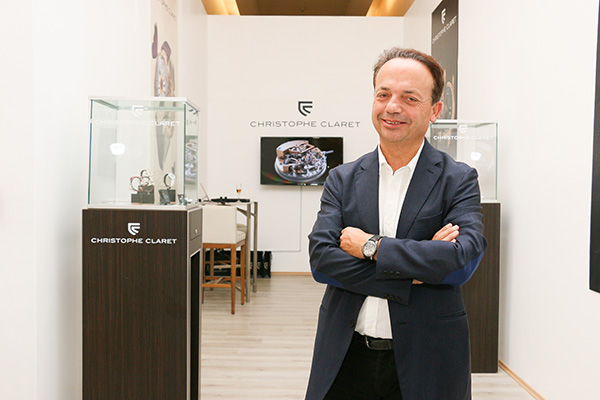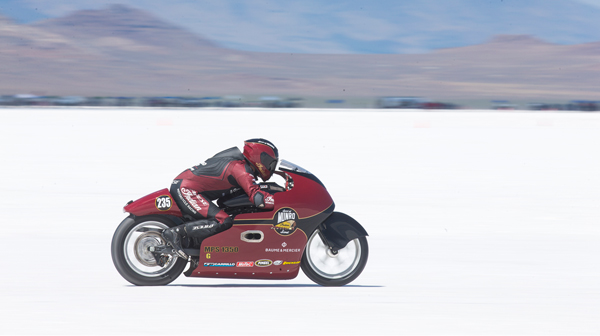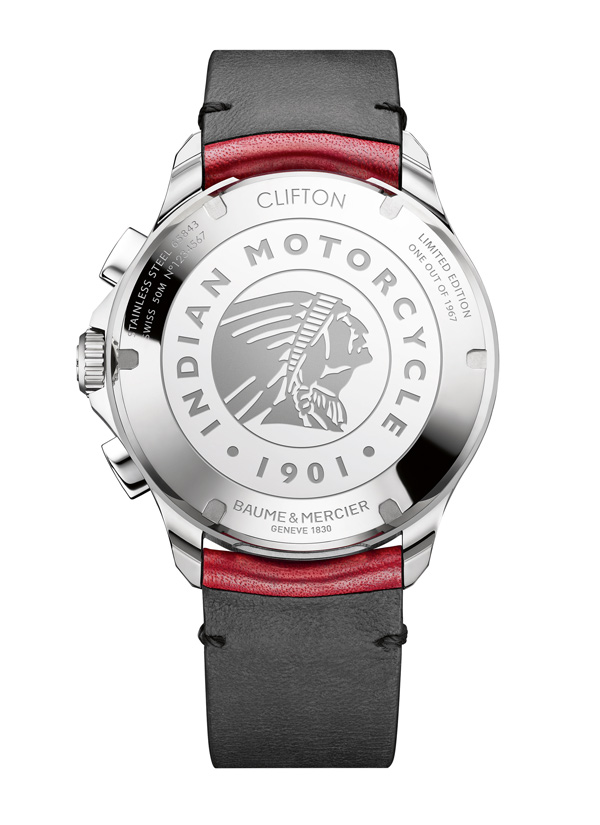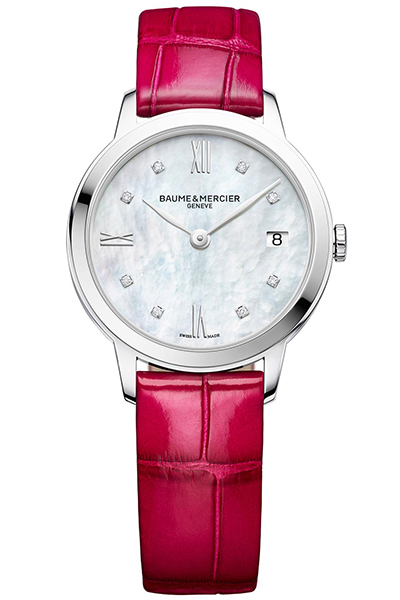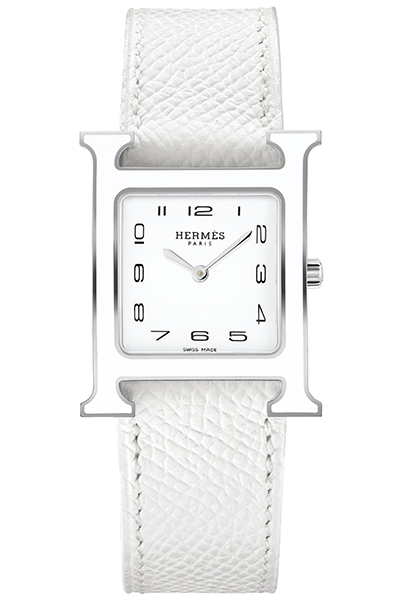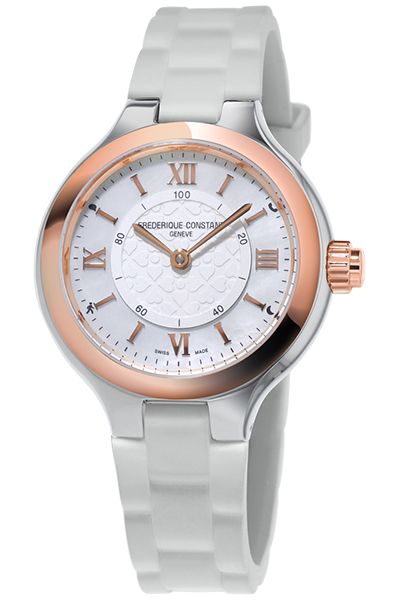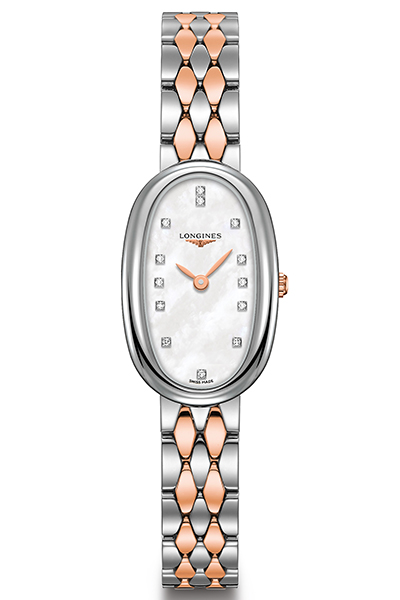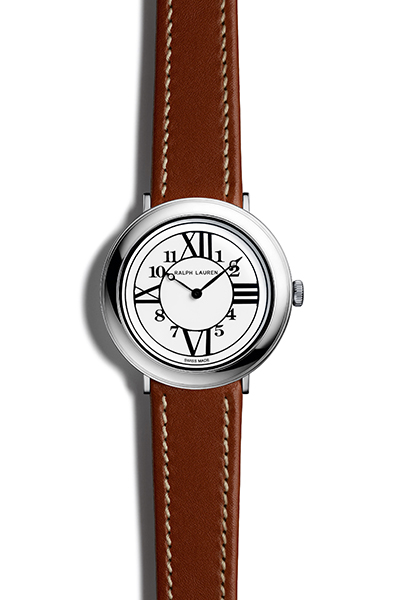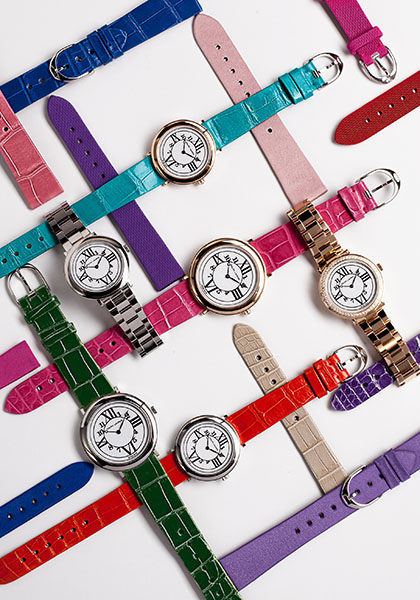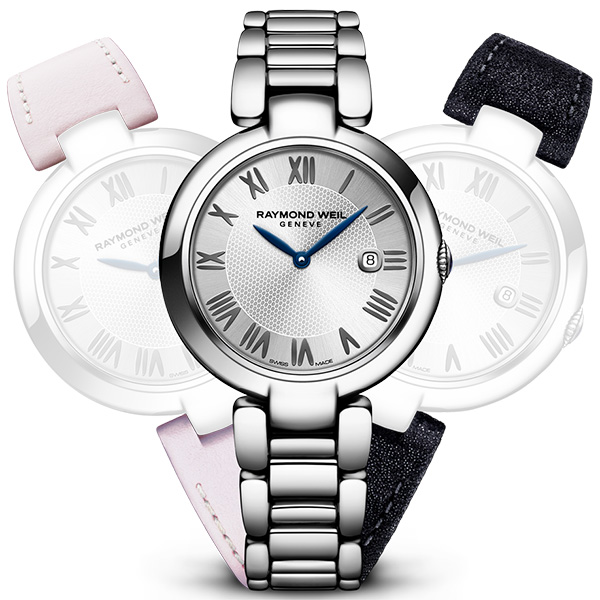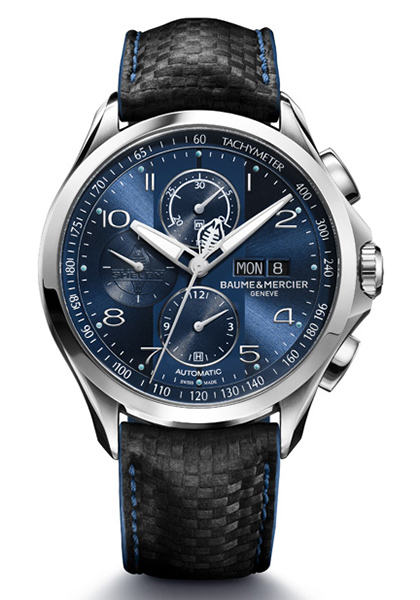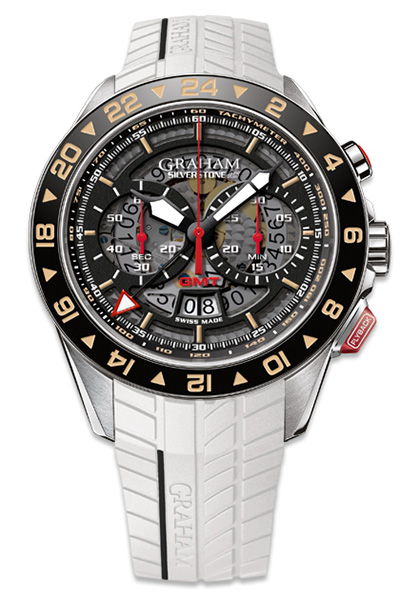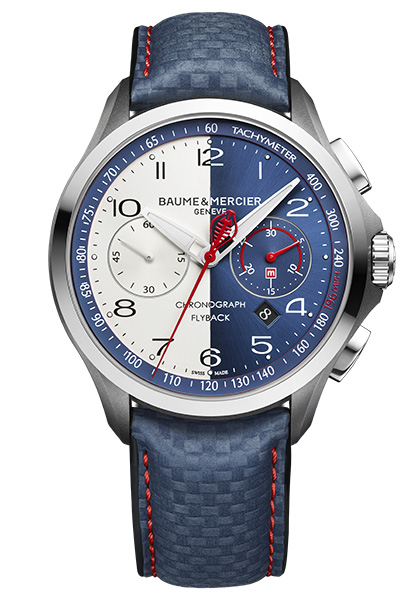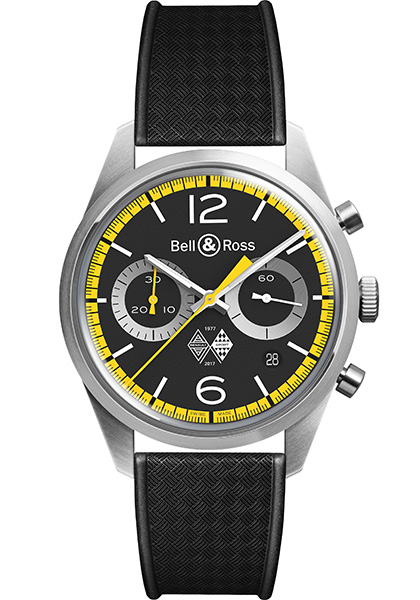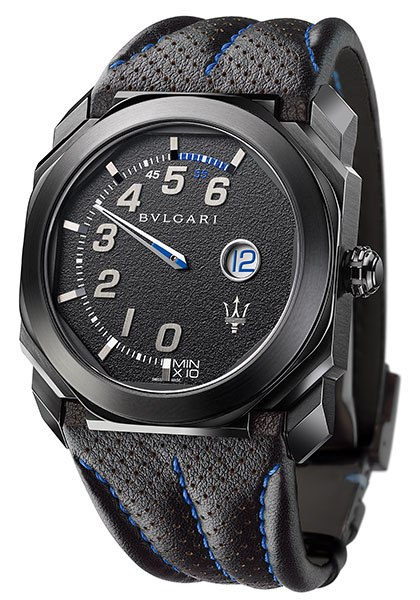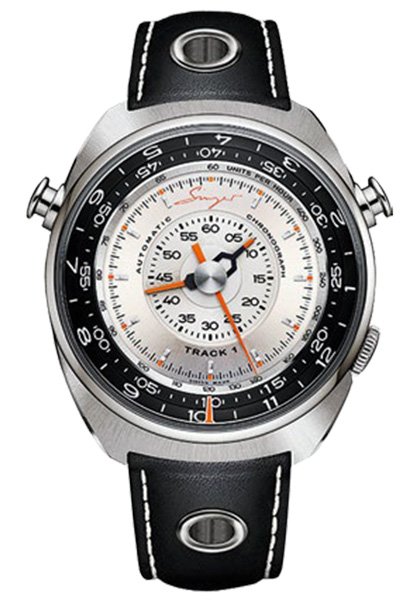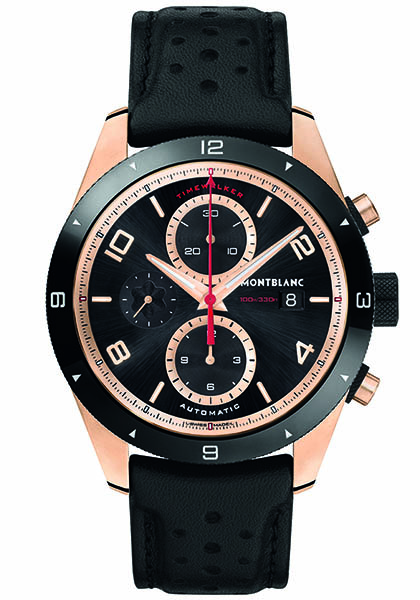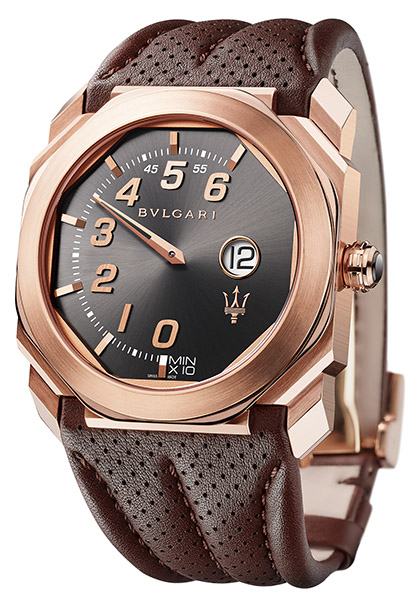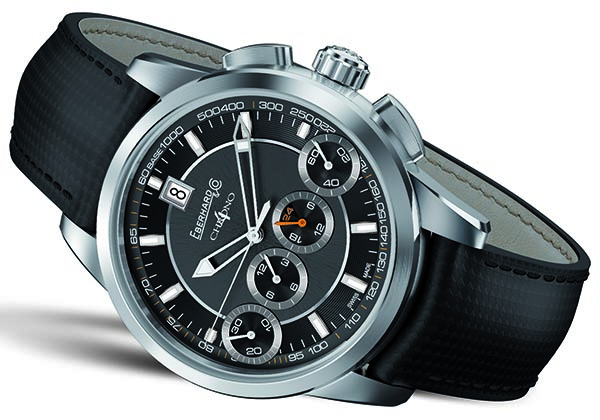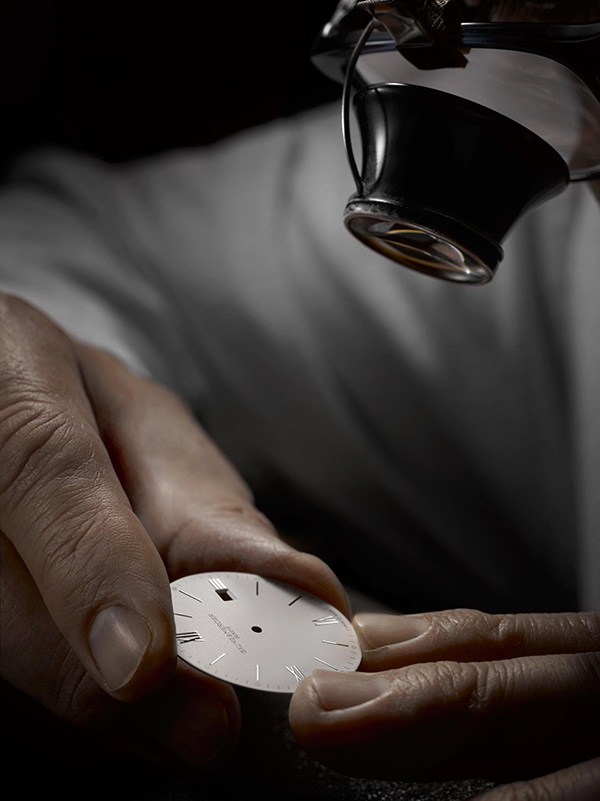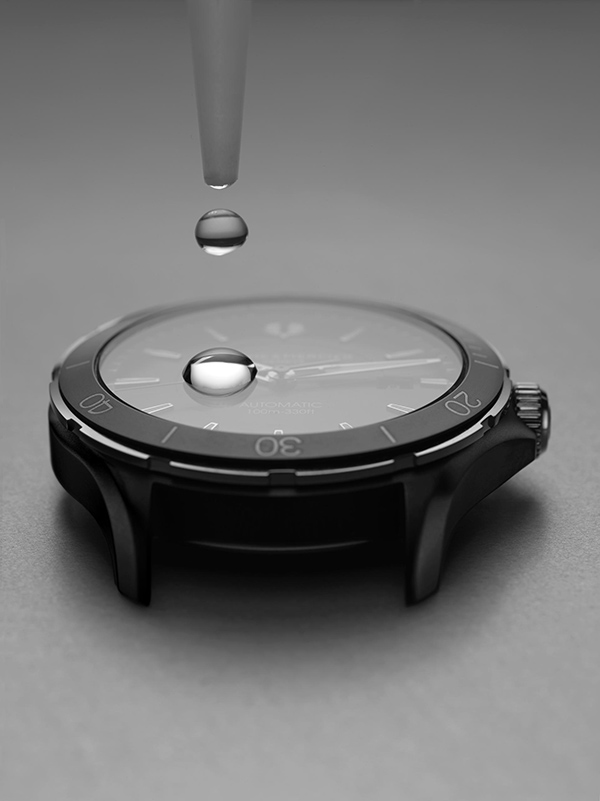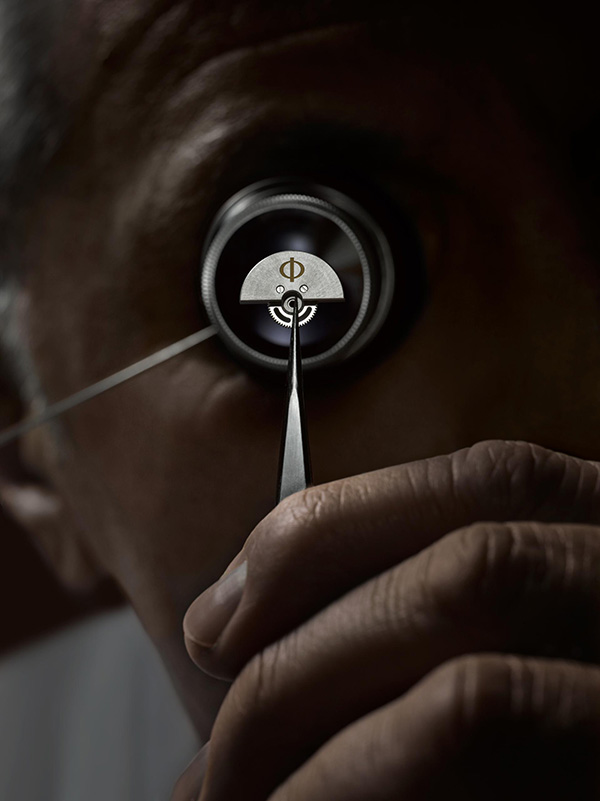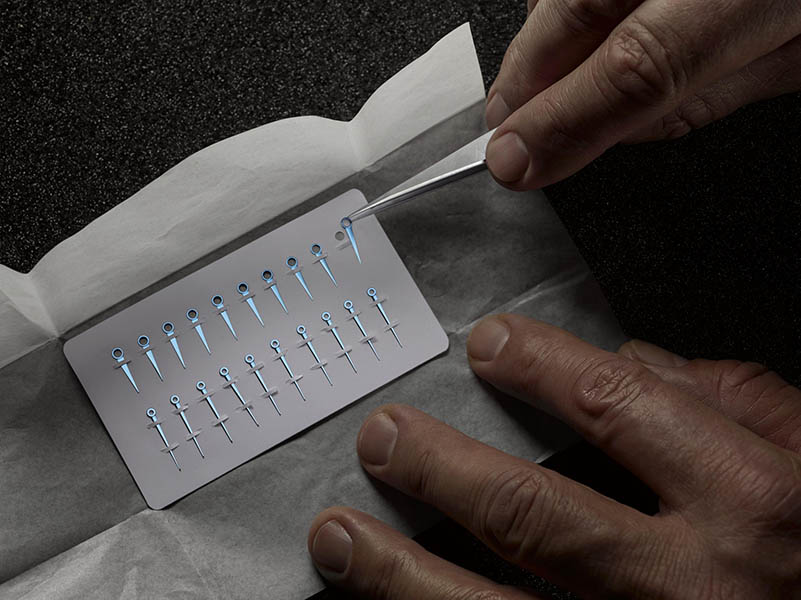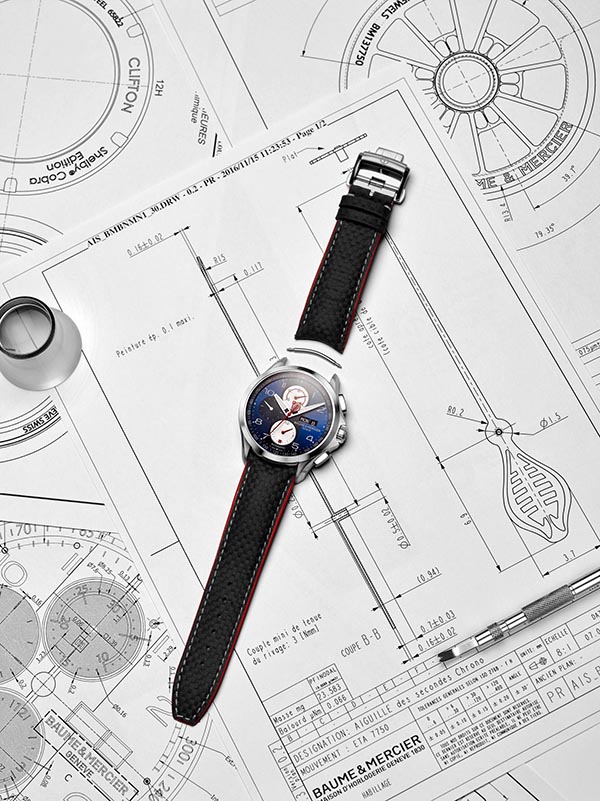Mechanical wristwatches have been around for over a century and have survived the major threats posed by quartz watches and LCD technology in the 1970s and 1980s to rebound in even better health, at least as far as luxury Swiss watches are concerned. The industry has faced a renewed threat from smartwatches over the past couple of years, one that it first dismissed, then embraced. Rather than trying to second-guess the technological advances in movements over the coming years, this article takes a look at some things that could have an impact on design trends in the watch industry over the next 12 months. Find out how, among other things, Baume & Mercier is pioneering the watchmaking trends of tomorrow.
A new gold alloy colour
You may be familiar with the classifications of 0N to 5N for gold alloys, which are based on the ISO 8654 standard “Colours of gold alloys – Definition, range of colours and designation”. Watchmakers use a number of different gold alloys and some of them have developed their own gold alloys – keen to differentiate themselves from their competitors. Nevertheless, in terms of their classification, all of them fall within the 4N or 5N colour categories, which broadly speaking cover the spectrum of yellow and red (or rose) gold.
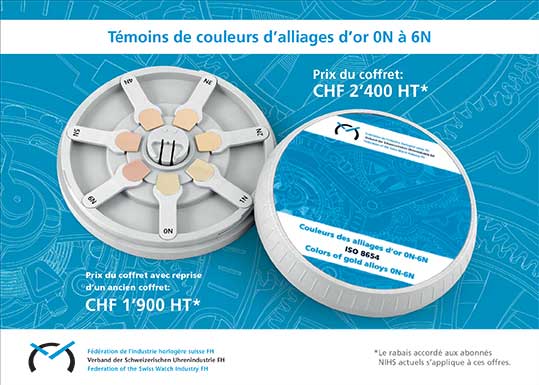
The FH (Swiss watchmaking industry federation) is already selling a colour panel that includes the new 6N gold colour FH
By the end of 2017, however, the ISO 8654 standard will be revised to add a new colour – 6N, or dark red. The main objective of this revision to the standard is to allow measurement of the colour in the LAB space used by spectrocolorimetres to measure and compare gold alloys. So when will we see the first watches in dark-red gold?
Source: Revue FH No. 11, 29 June 2017
Black movement treatments
Up until five years ago, you could get a black movement treatment using a galvanising bath of black ruthenium. But the European Regulation on Registration, Evaluation, Authorisation and Restriction of Chemicals (REACH), which maintains a list of harmful chemical substances that are banned from use in the European Union, included one of the molecules used in this treatment on its list.
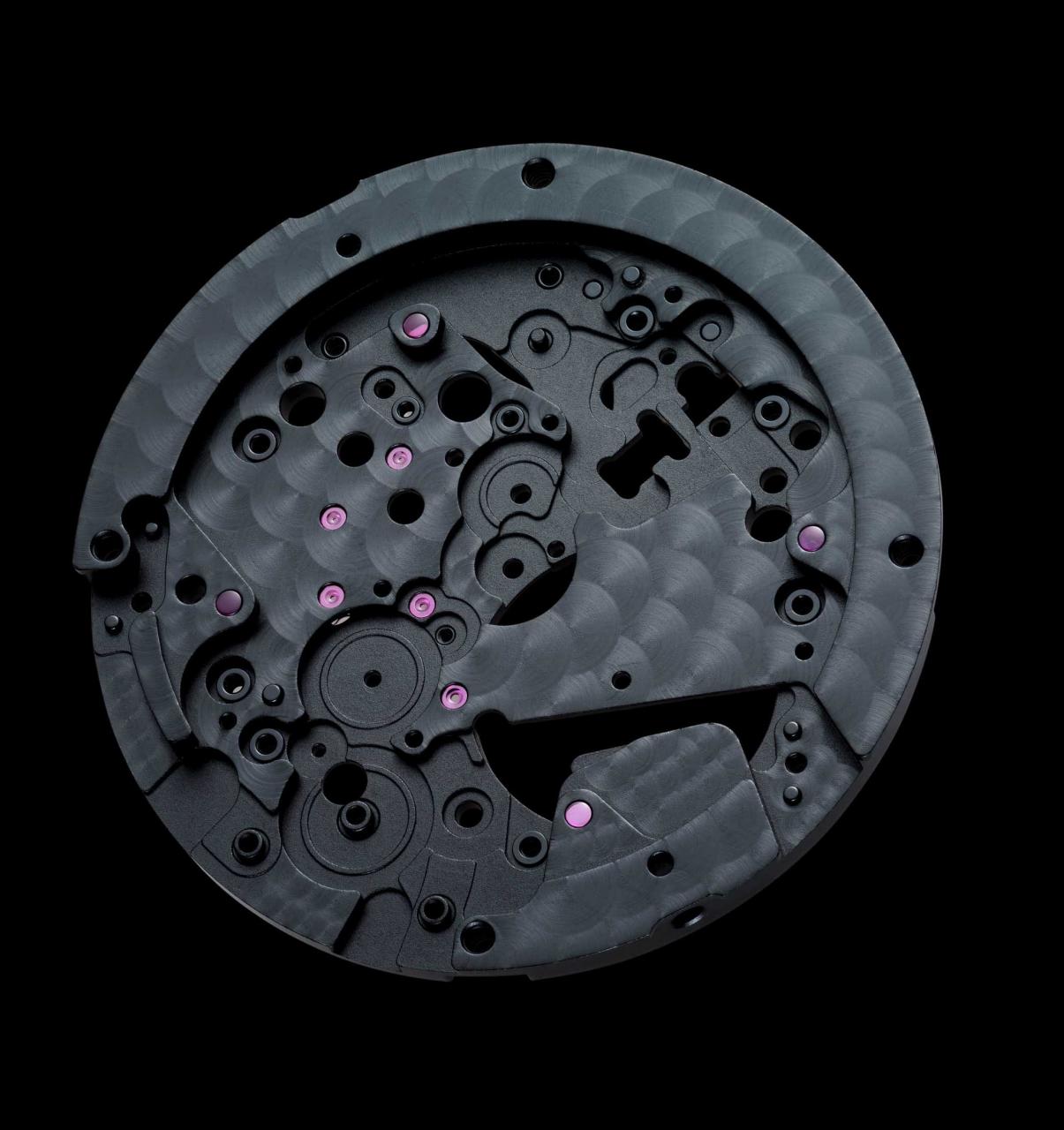
A movement with the new black NAC coating STS/Acrotec
Now, being that it’s a mechanical watch, I can hear the chatter of watch enthusiasts commenting about how mechanical watches shouldn’t be subjected to constant vibration and G powers regardless of the specs. The effects of constant and short strong vibrations to mechanical motions continues to be widely debated on many forums and covered by many articles, some of these by aBlogtoWatch, but it’s generally agreed upon that any strenuous physical activity is best performed with your mechanical watch spectating in the sidelines. Wearing of mechanical watches through these types of activities could harm the self-winding mechanism together with inducing premature wear on pivots and the balance wheel.As a perfect testing ground I would be riding a suspension chopped, vibey V-twin Indian Scout Bobber, over three times, to test all these premature wear concepts such as the extra advantage of it being shock resistant and rated to withstand 550 G, which can be more than 10 times the shock exerted on a body through a fatal automobile accident. Together with those specs, I had been feeling quite confident about the opinion withstanding the vibrations.The other mechanical equipment I’d be reviewing are the above Indian Scout Bobber, a newly not-yet-released version, and I’d be riding one for the next few days at arguably one of the most coveted, secret, two-wheeled gatherings in the bike community. The Bobber was a fantastic compliment to the Clifton Club watch because they taken an edgier feel against their counterparts in their various collections, and that, as the weekend progressed, shown to be a very free relationship with comparable street maps.
Coating specialist STS, a company the Acrotec group – a major player in the important subcontracting industry – first considered replacing the offensive molecule with another to achieve the black colour, but the results were unacceptable. It therefore decided to develop its existing anthracite NAC coating. After three years of development, the new coating has passed ageing and corrosion tests and the black NAC coating is ready for industrialisation. STS is considering patenting it. It is also working on a further development of the process that would allow it to be used for more demanding applications, where the surface is prone to more wear, such as the watch case itself. Look out for deep black movement coatings in the near future.
Source: SSC Bulletin 83, June 2017
A brighter polish for titanium cases?
The traditional method for polishing watch cases is mechanical, using brushes and abrasive powders with decreasing particle size to grind away surface imperfections on the metal. CERN, which is most famous as the home of the Large Hadron Collider but also one of the world’s leading scientific research institutes (and is just a stone’s throw from some of the big watch factories in Meyrin), has developed an electropolishing process that can work down to the nanometre level and create a mirror-polished appearance.
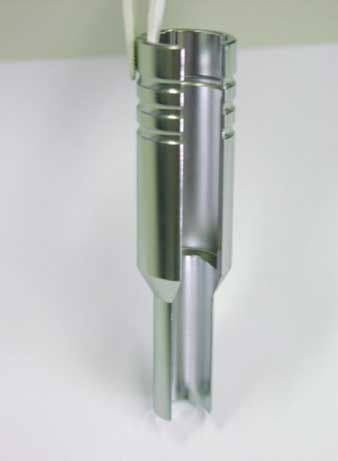
Titanium polished with the CERN electropolishing process CERN
Similar to galvanic treatments, CERN’s electropolishing process uses a chemical bath containing an electrolyte that is stimulated by an electric current. A mixture of current density, the viscosity and resistivity of the electrolyte, temperature and treatment time all combine to dissolve microscopic particles of the metal to leave a smoother surface on which, unlike with mechanical polishing, no direction lines are visible. CERN, through its knowledge transfer activities, is currently offering licences for the technology and we wait to see if the watch industry takes up this opportunity.
Source: SSC Bulletin 83, June 2017
Something fishy with your watch strap?
Could fish skin be the next big thing in watch straps? After calf, cow, crocodile, alligator, python, ray, rabbit and shark, the skin of the rainbow trout is the latest animal to be used to attach a watch to the wrist. Baume & Mercier presented Banka troutskin straps at the SIHH this year. The scales on the fish, which are reared in eco-friendly conditions on the Banka farm in the south of France (the water in their ponds in oxygenated naturally, their diet is adapted to the weather and the fish are not given any antibiotics or vaccines), add a unique structure to the skin during the tanning process. The delight of many a renowned chef now finds a second use as a luxury accessory.

The idyllic Banka farm that breeds trout in a sustainable and species-friendly manner Baume & Mercier
